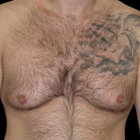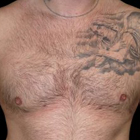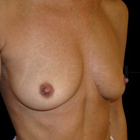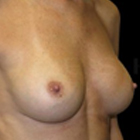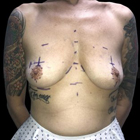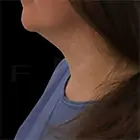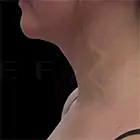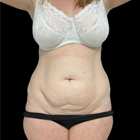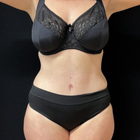We’re seeing a definite trend in breast procedures: a shift from the desire for a larger bust to a more natural and perky contour. So it goes without saying that when women want to downsize their breasts, they also want to stay in proportion, so we’re seeing an uptick in nipple reduction procedures.
Why reduce the size of your nipples?
For the same reasons as anyone would want to change the size of any part of their body. Some women may have felt uncomfortable all their life with the size of their nipples or areola, while others find it difficult to feel confident in tight tops clingy tops. Relatively new mothers may feel that their nipples have enlarged after the breastfeeding process. And, as we’ve mentioned, women who have had a breast reduction may now be looking at their nipples and feeling they’re out of proportion.
A simple solution
Nipple reduction surgery varies, depending on certain factors. If the client wants a shorter nipple, the length can be reduced by suturing the tip of the nipple to the bottom of the nipple. If the client feels that the nipple is too wide, a wedge can be removed from the under-surface of the nipple, which allows it to be ‘taken in’, which reduces the circumference.
Areola reduction procedures are simple enough: a ‘doughnut’ of outer areola is removed, and the skin surrounding it is affixed to their new position with sutures.
While the nipple and areola areas are considered in the cosmetic procedure community as two separate entities, many clients who seek nipple reduction also want an areola reduction procedure at the same time, to keep both in proportion – but one element can be treated whilst leaving the other untouched, if that’s want the client desires. However, any nipple –related procedure is not recommended for anyone who intends to bear children and breastfeed them in the future.
For more information, and the opportunity to book a consultation, please visit our nipple correction page.






